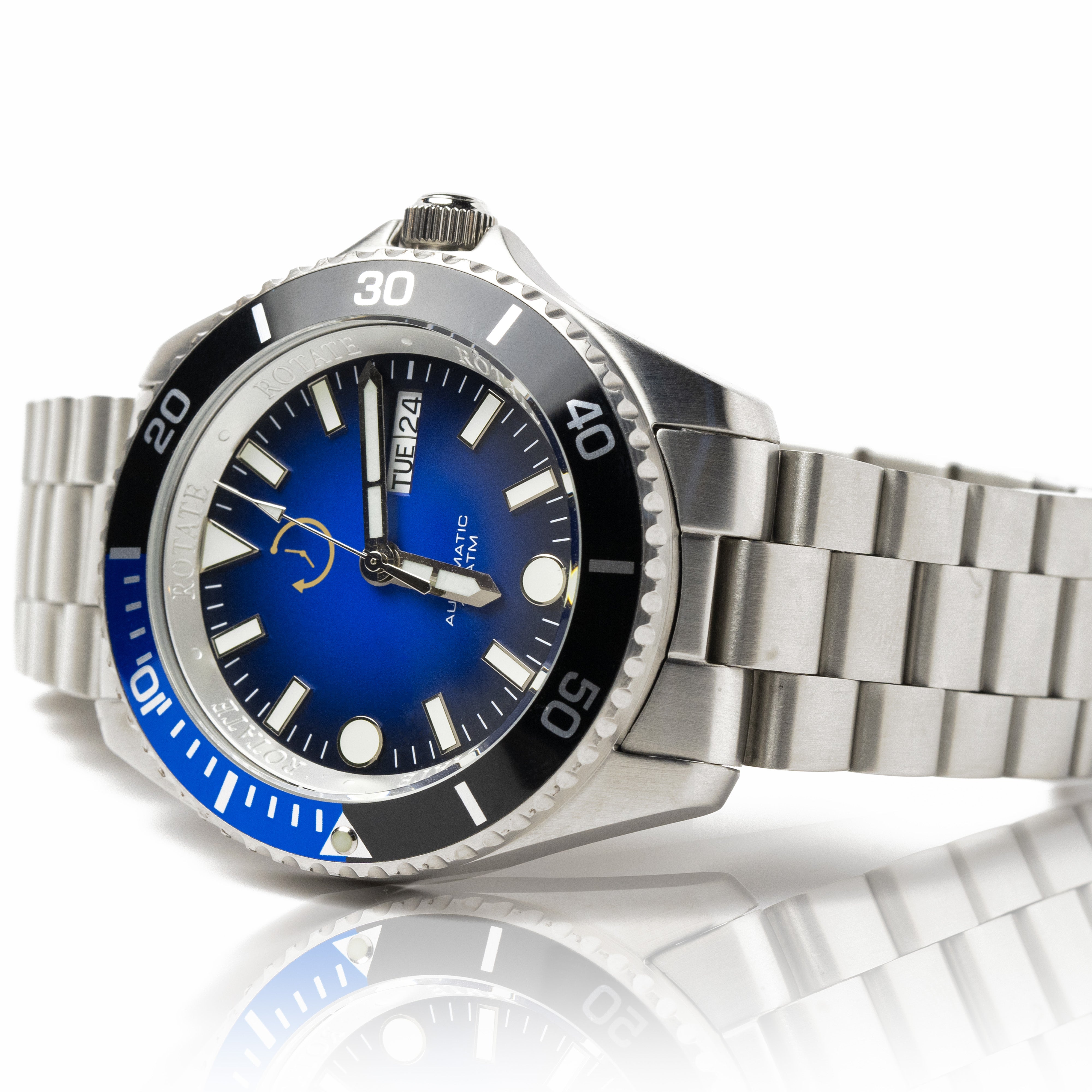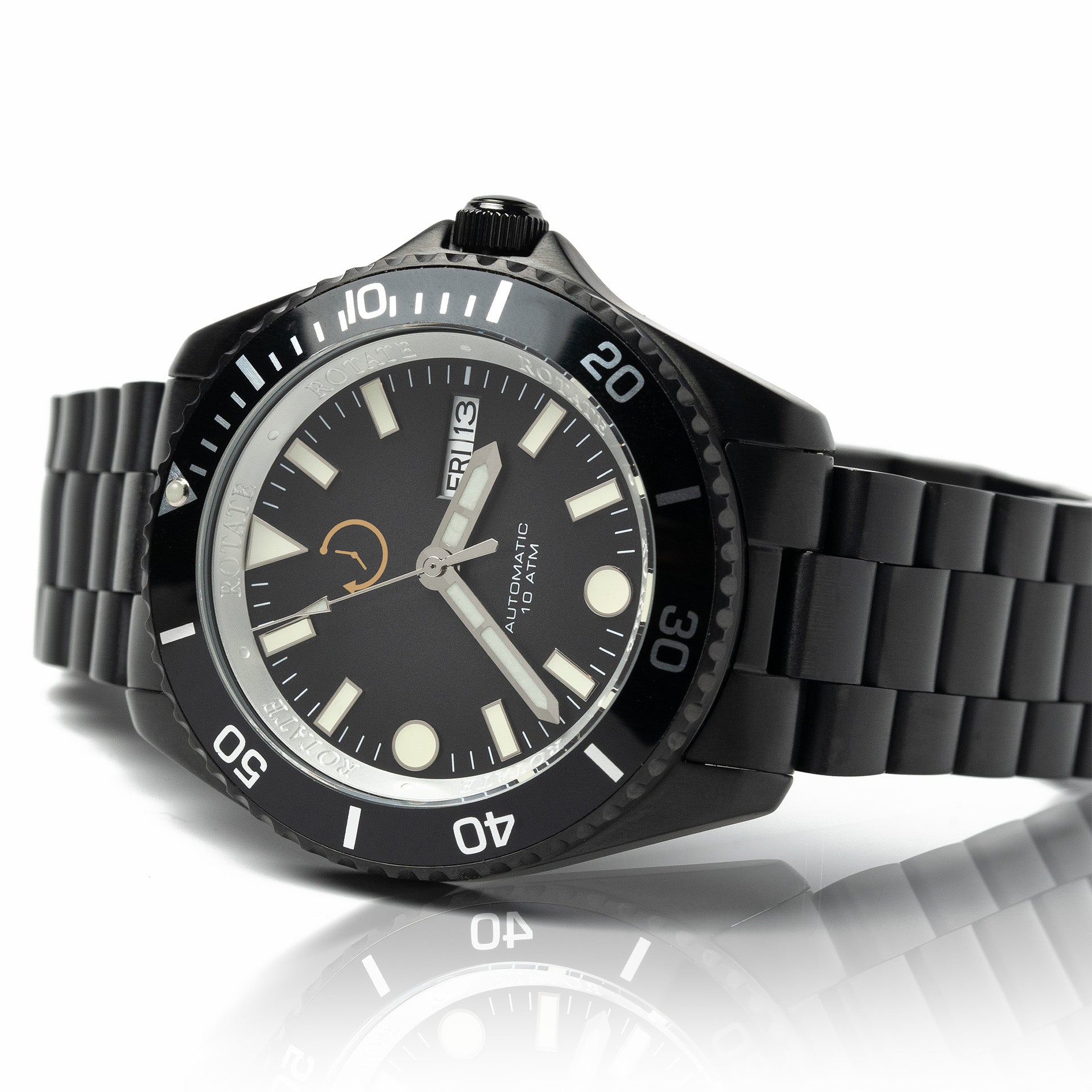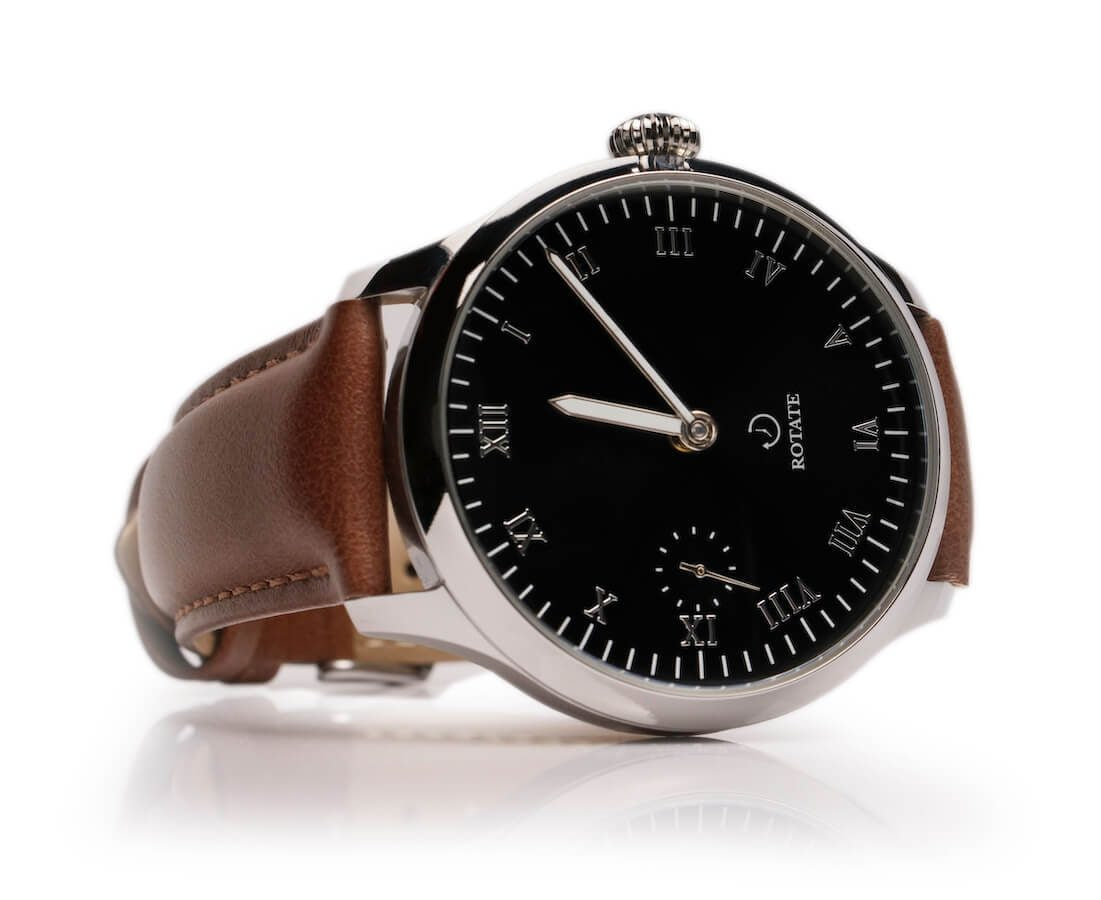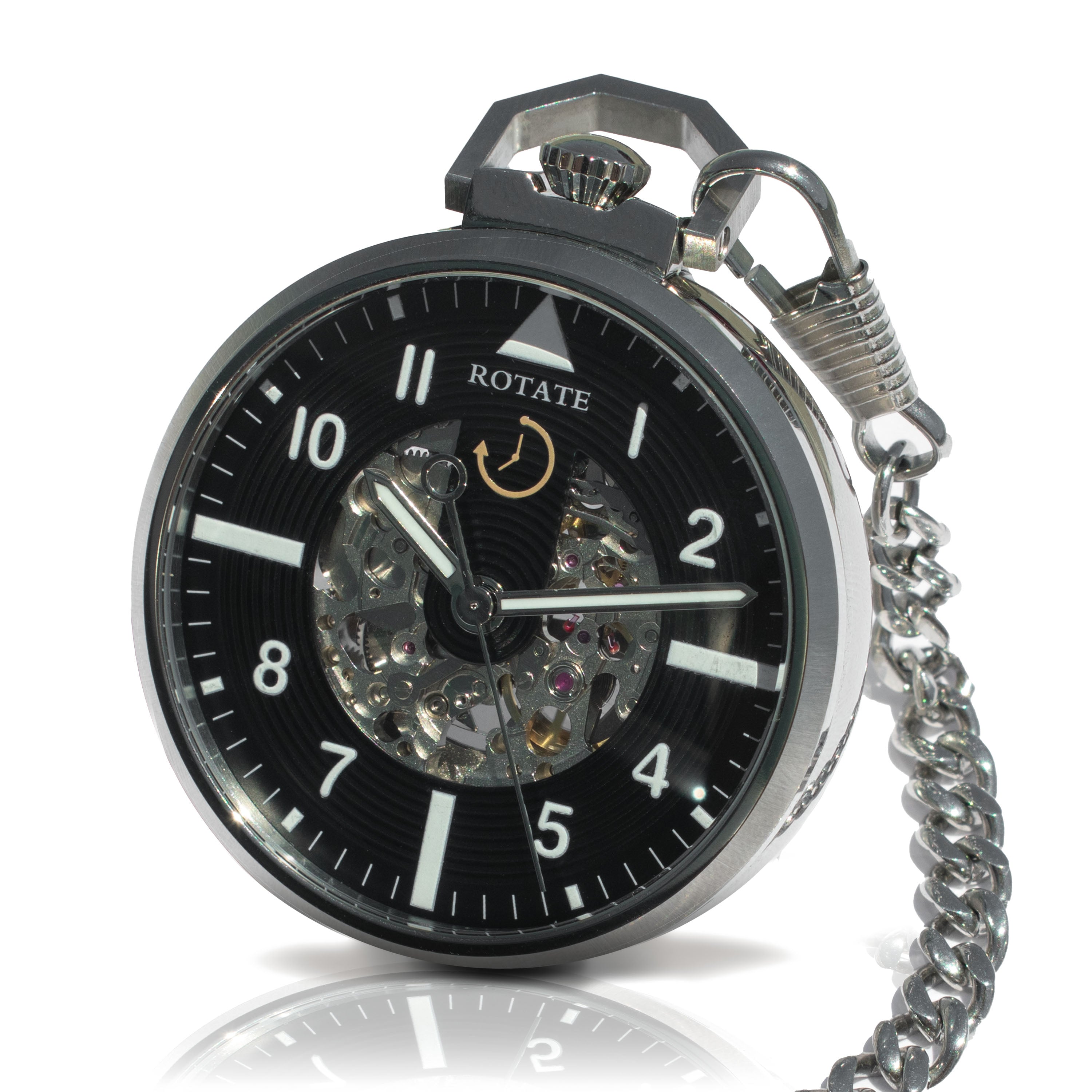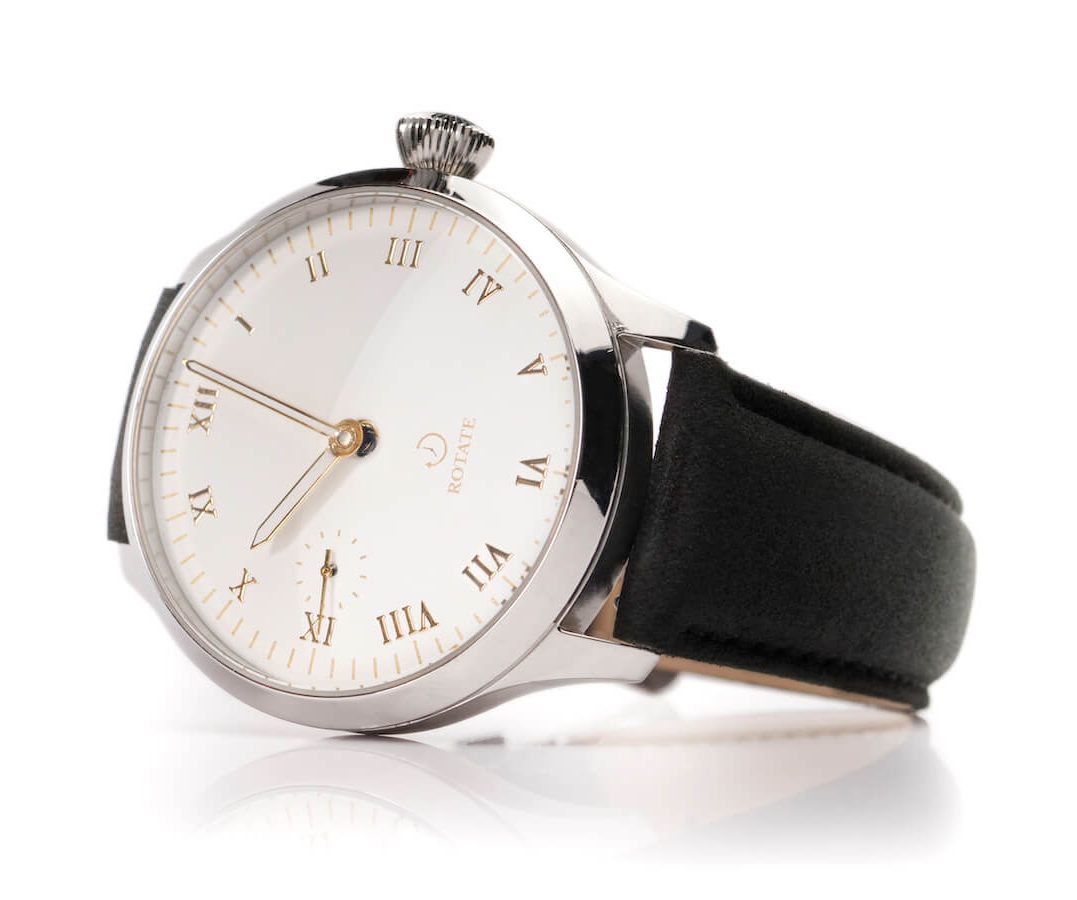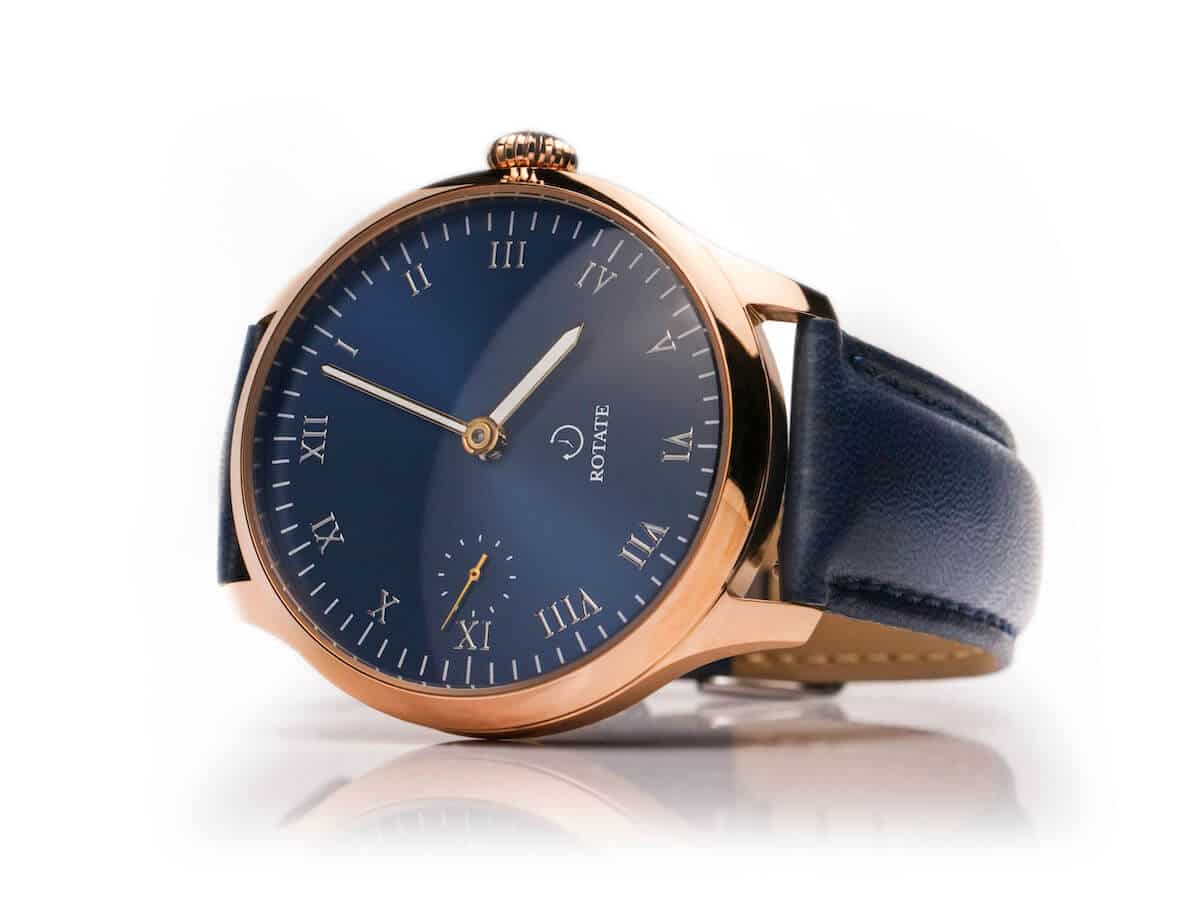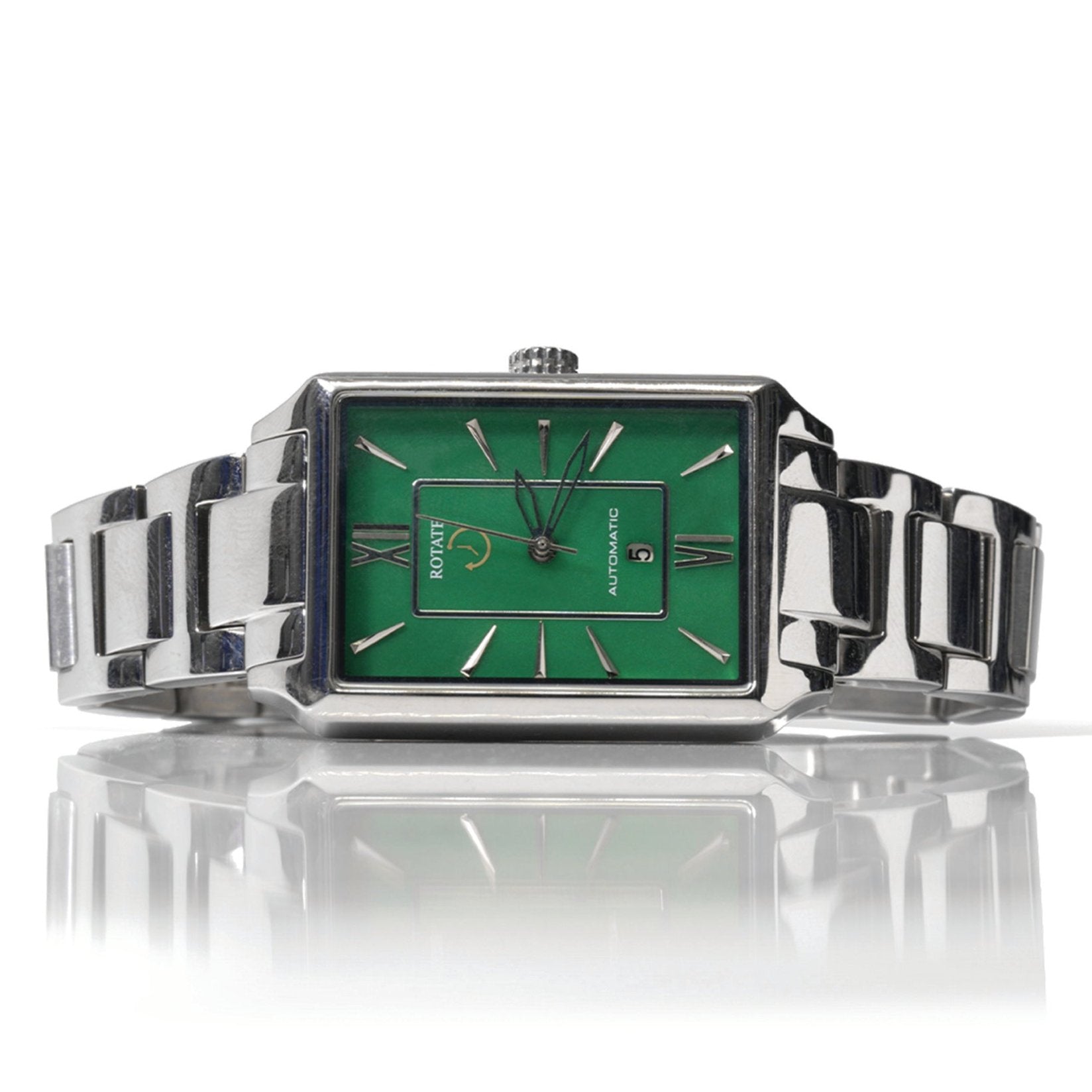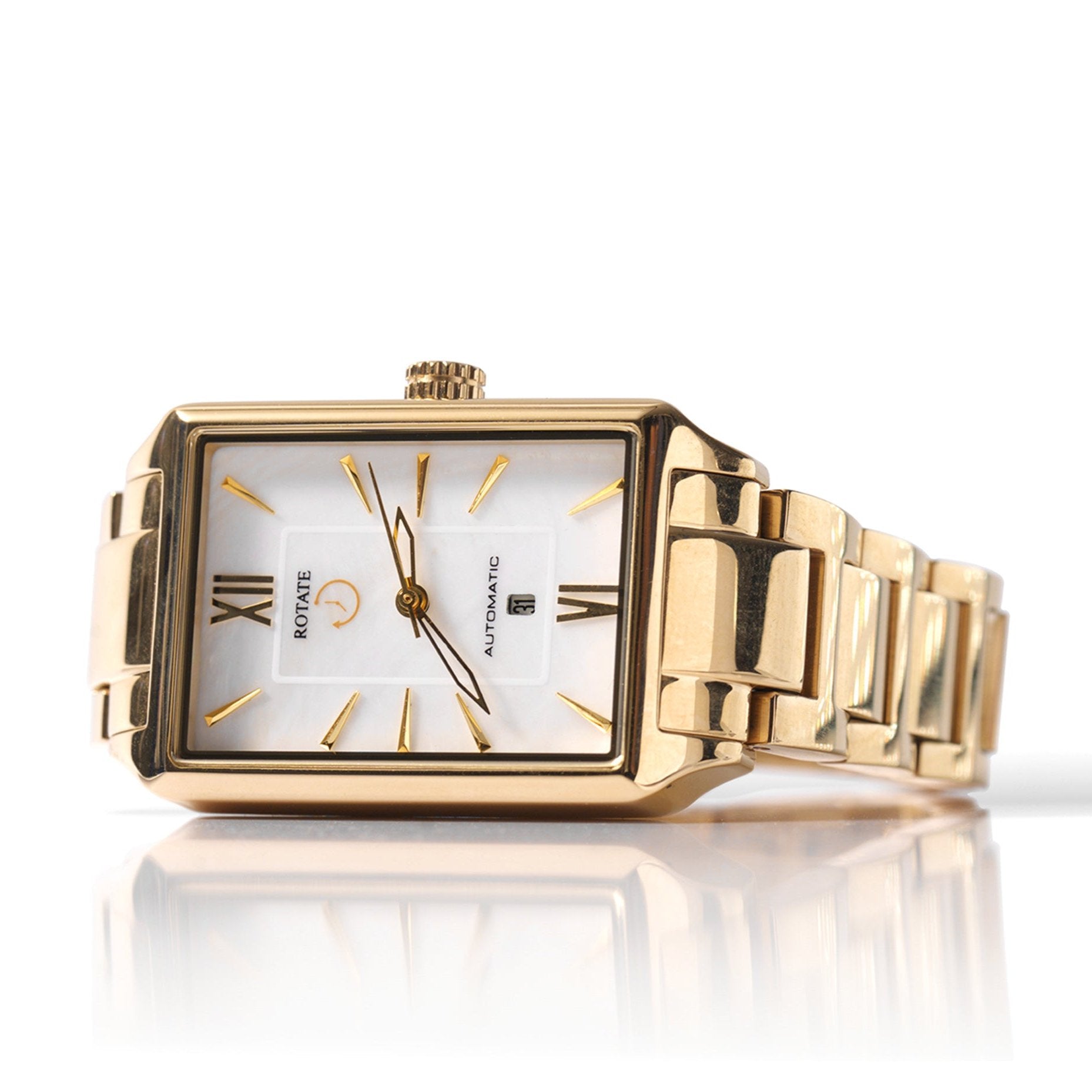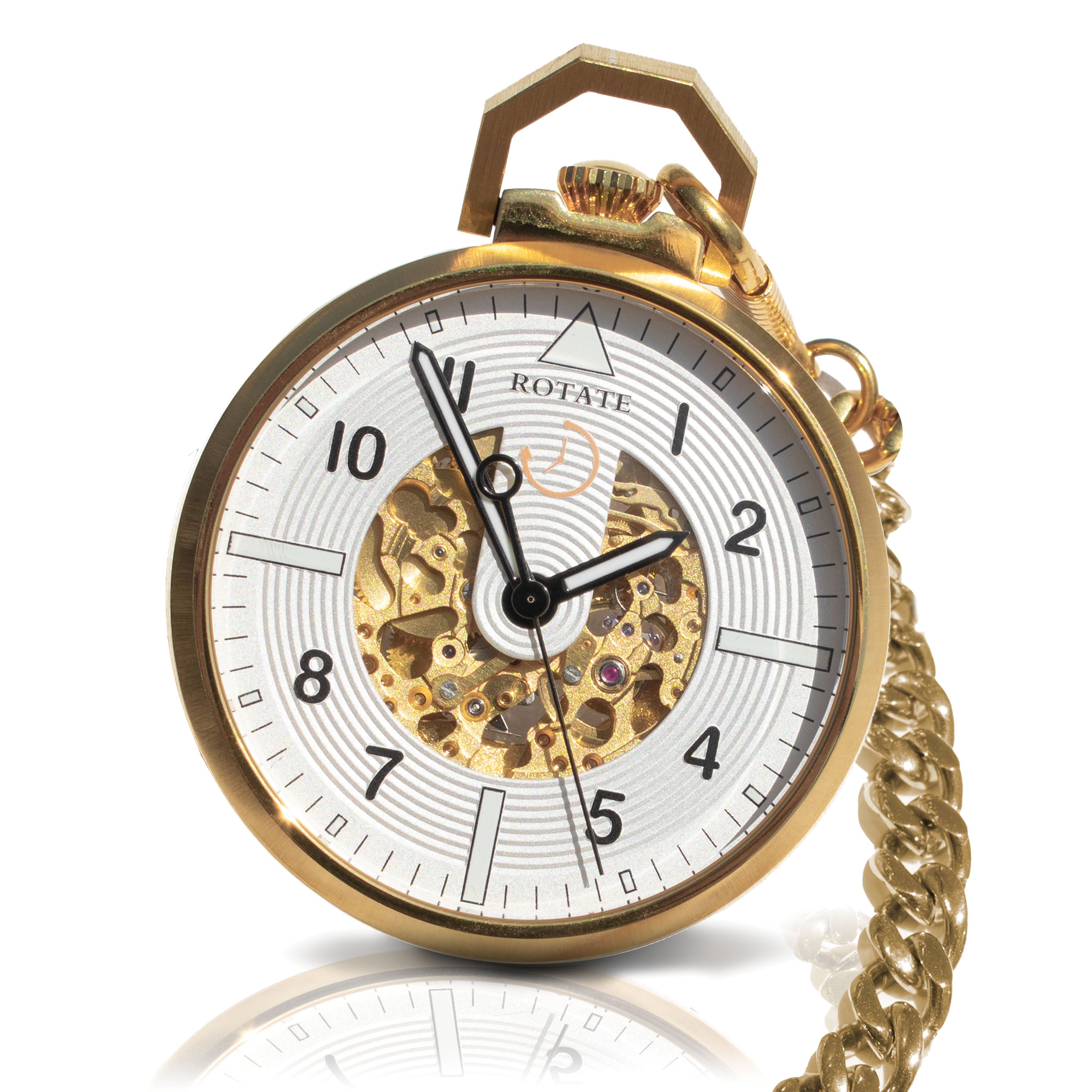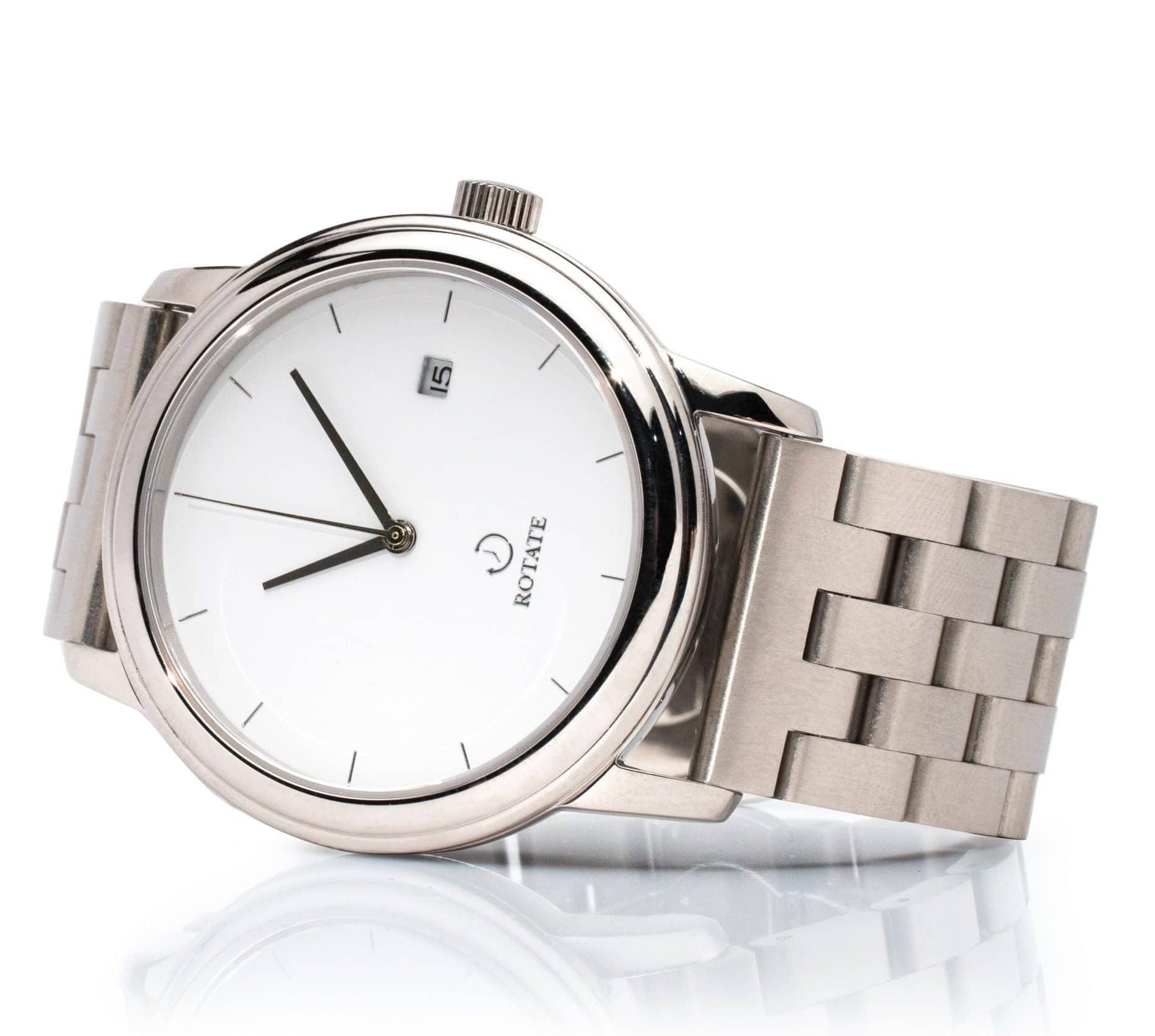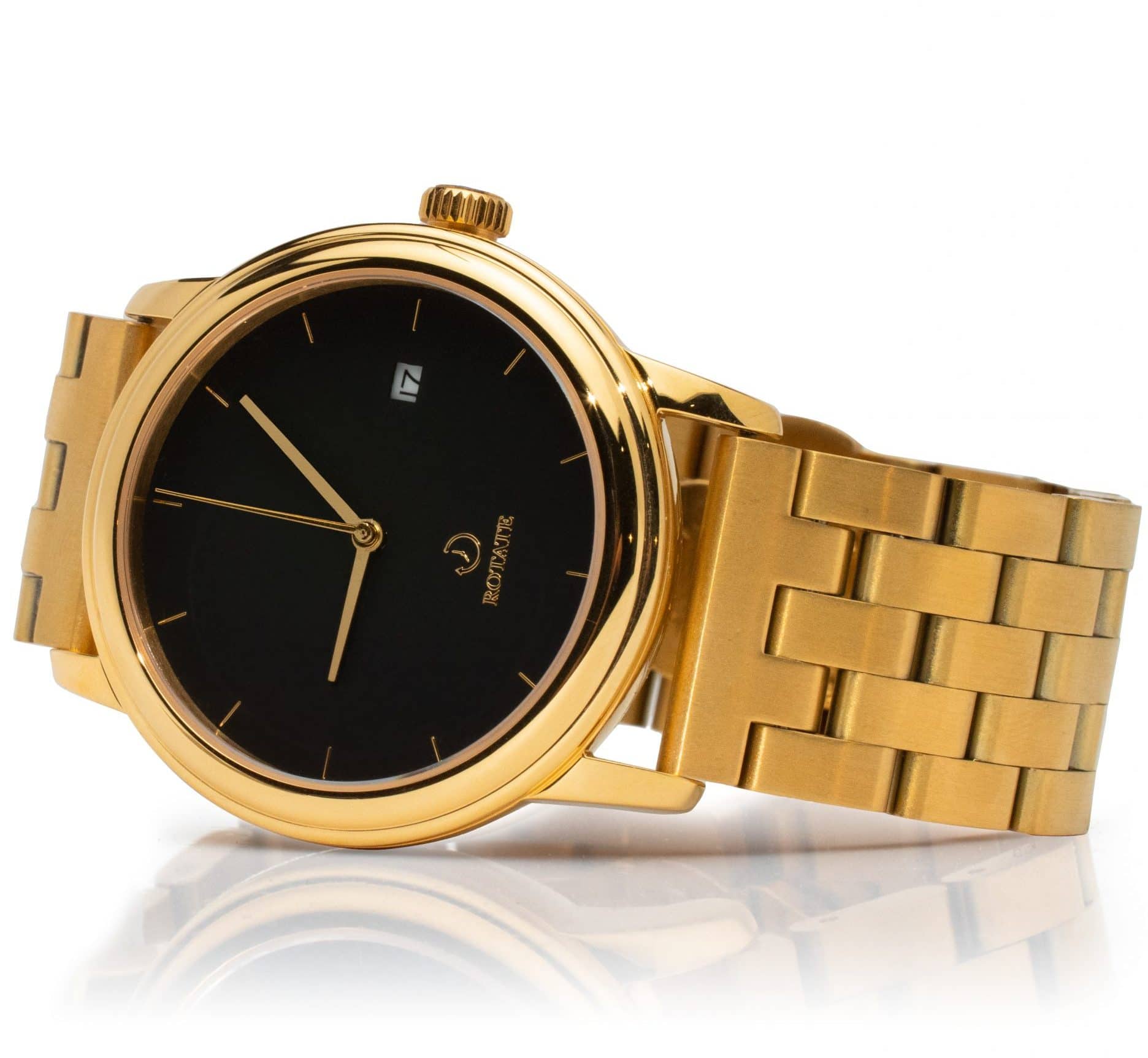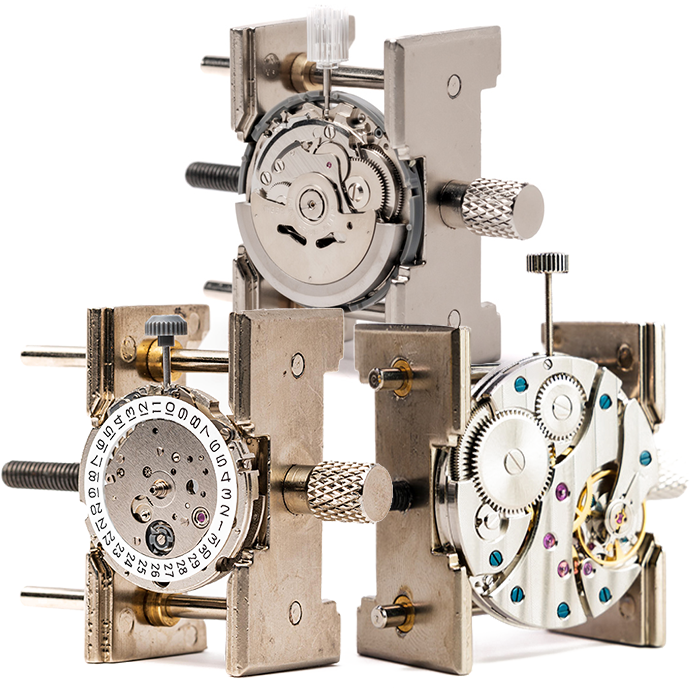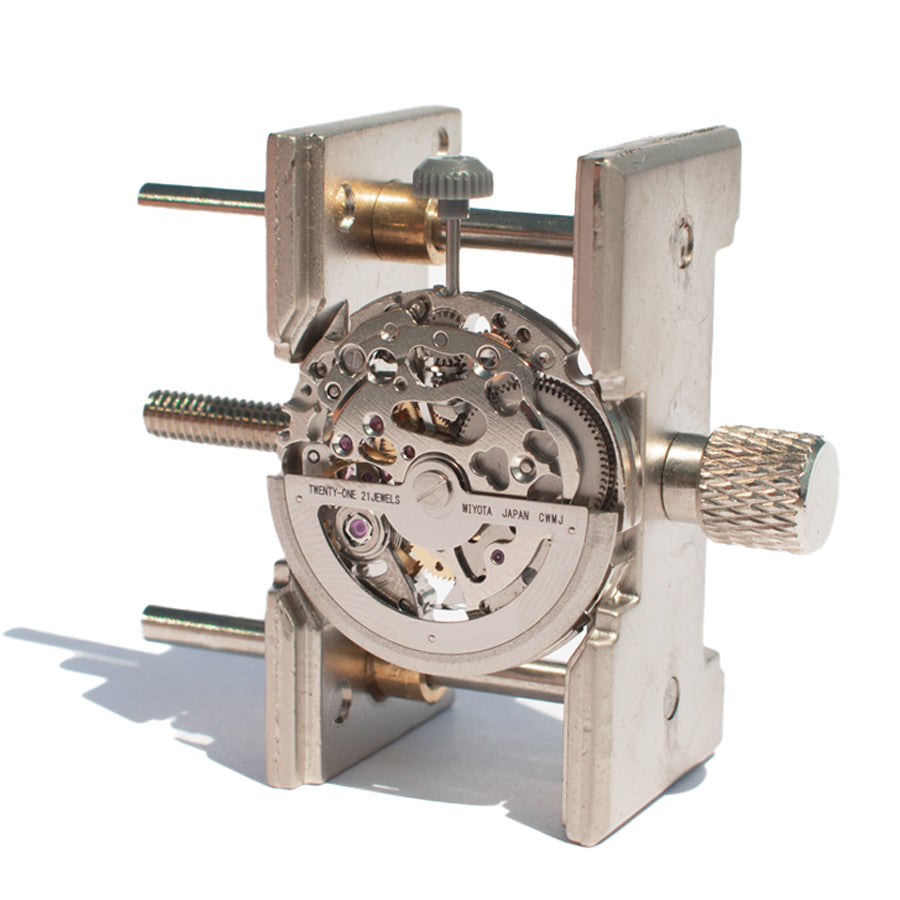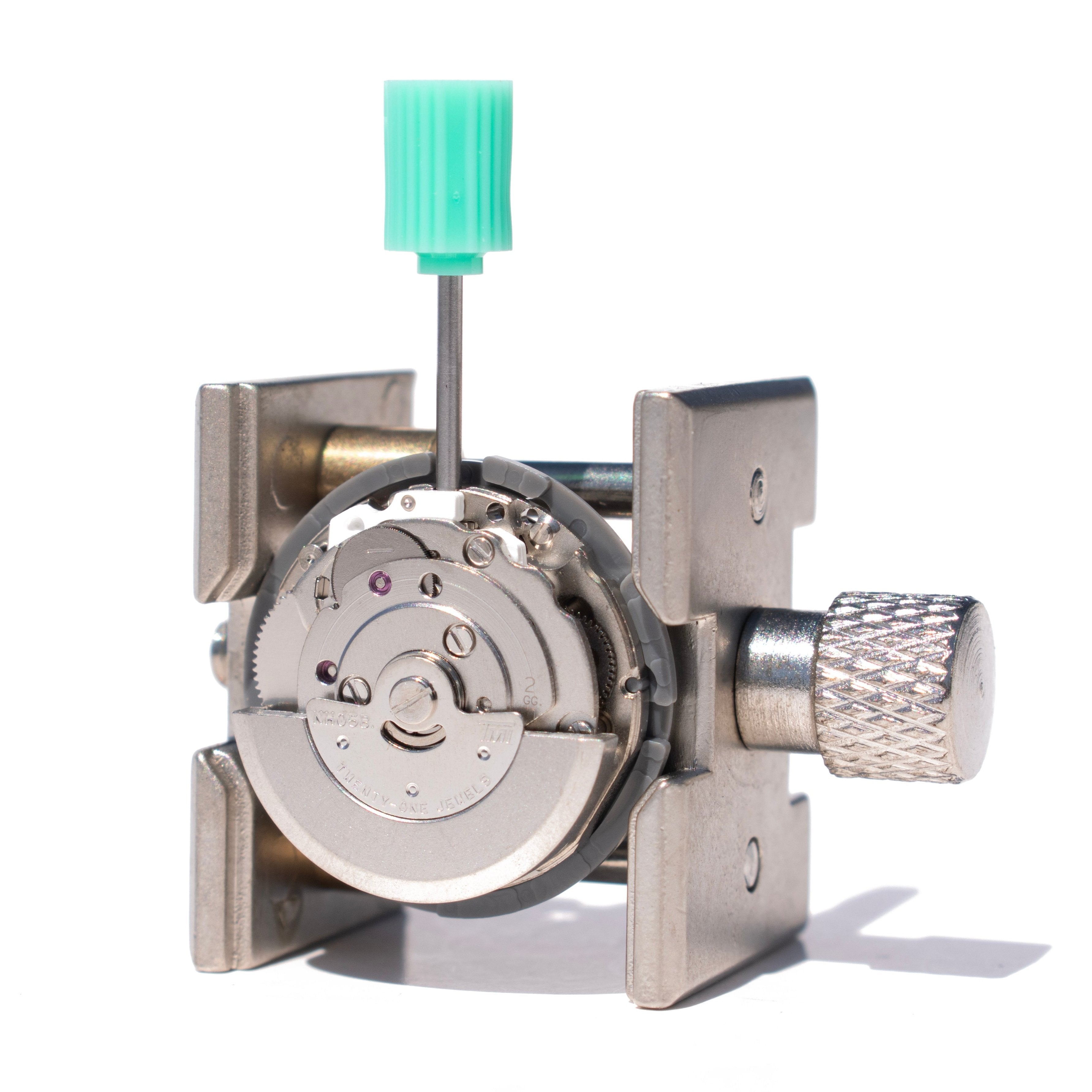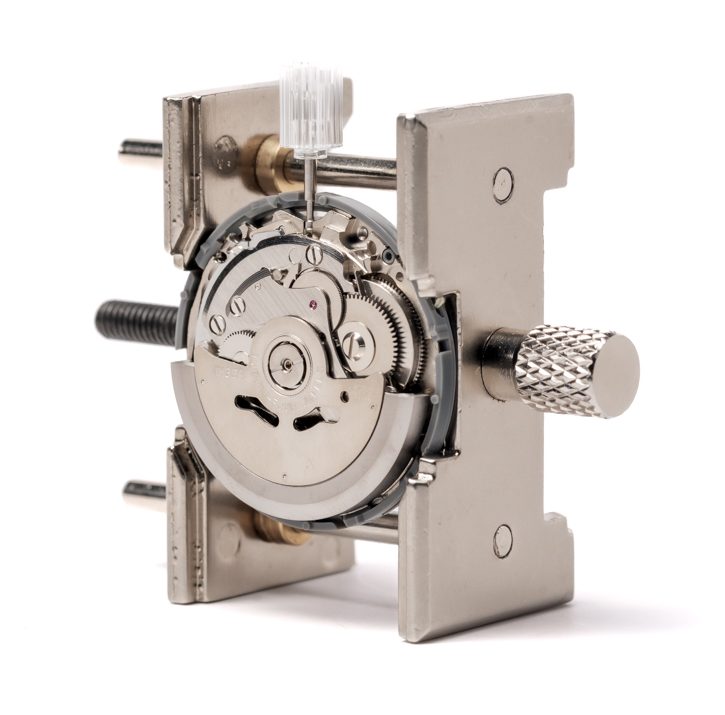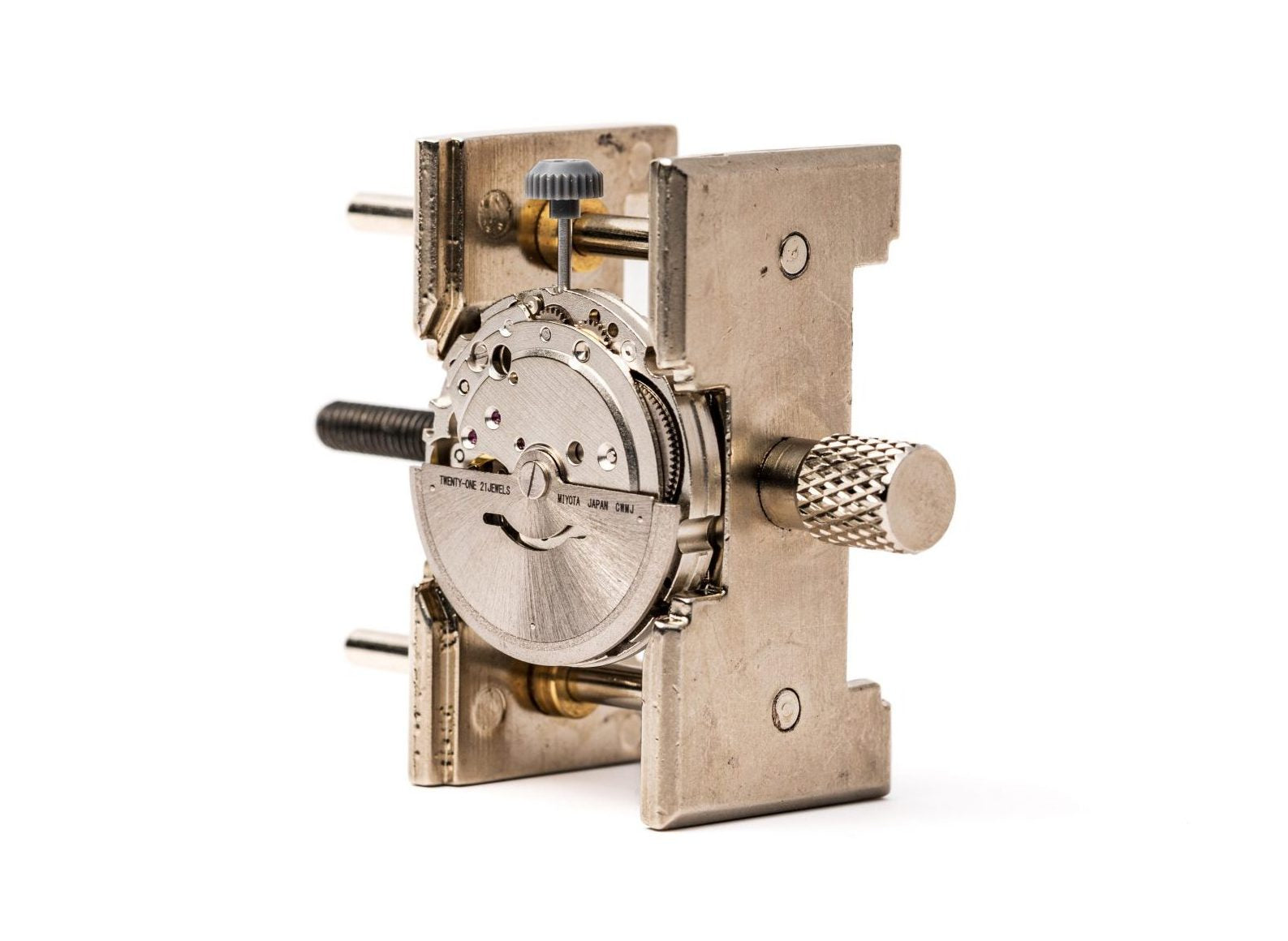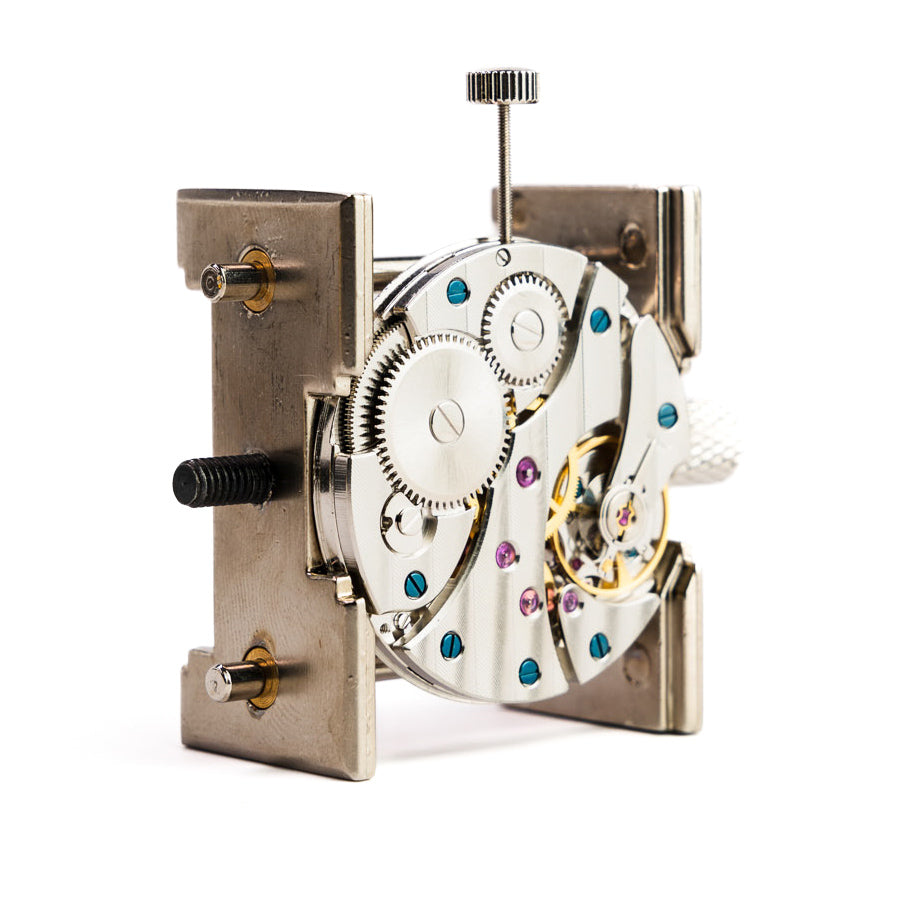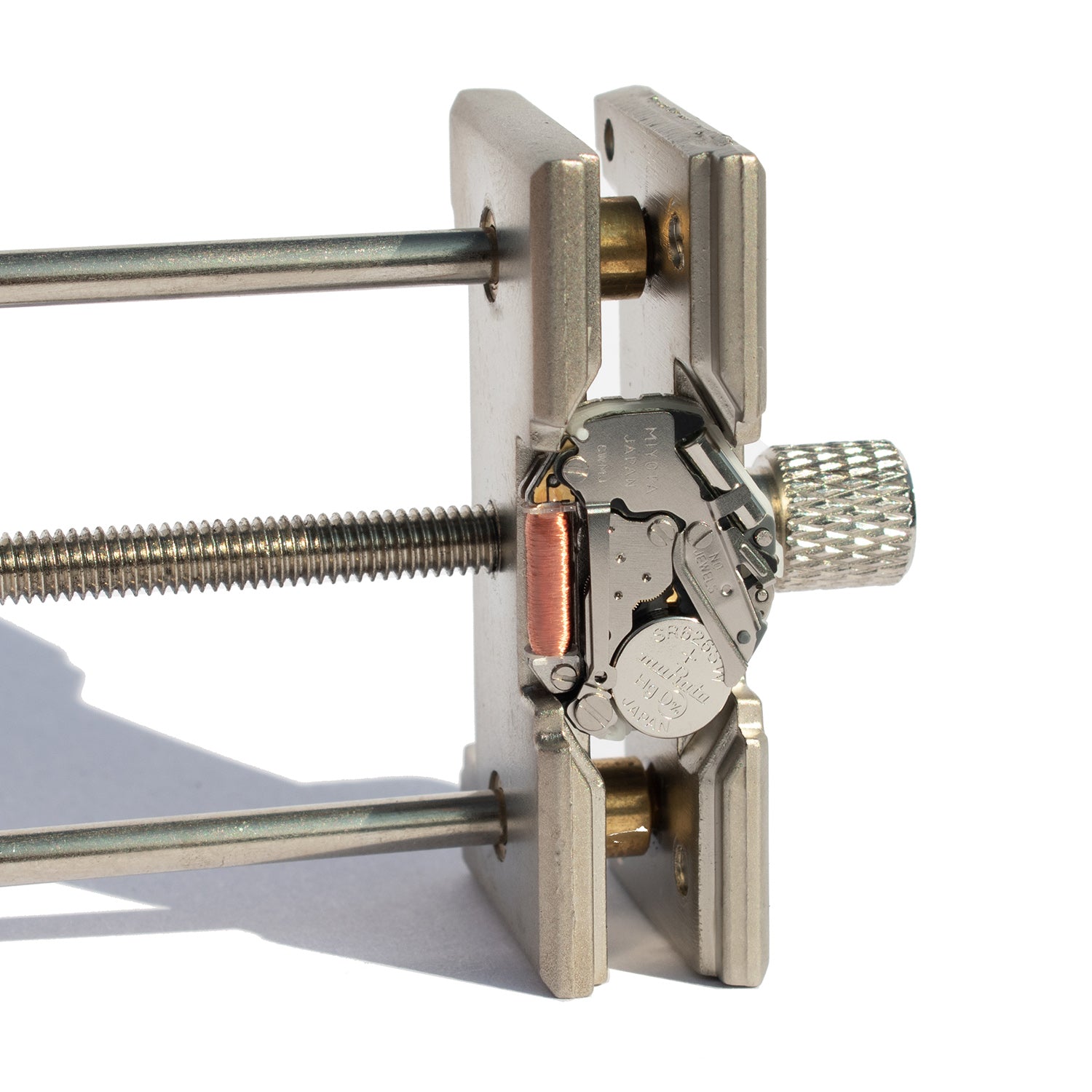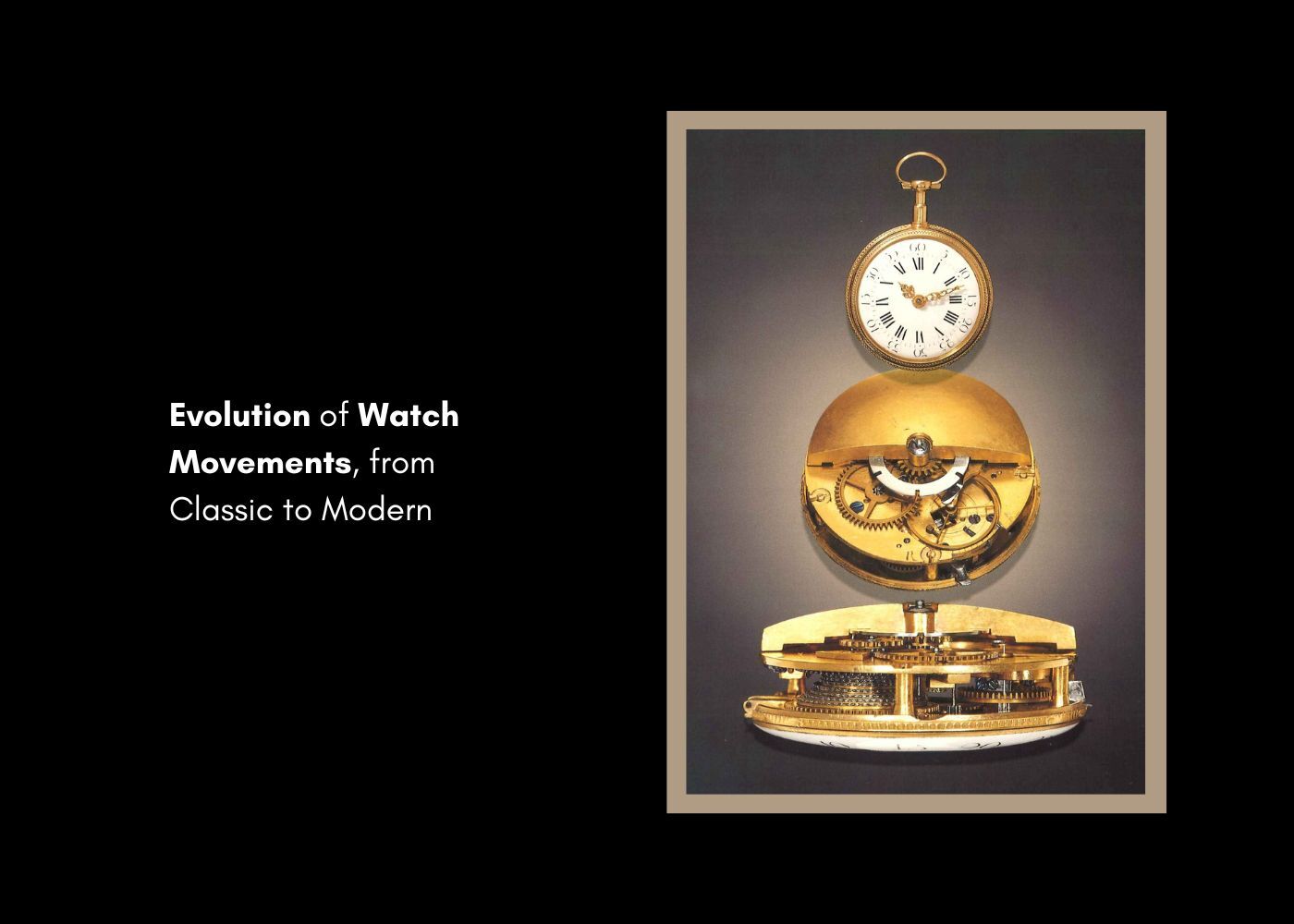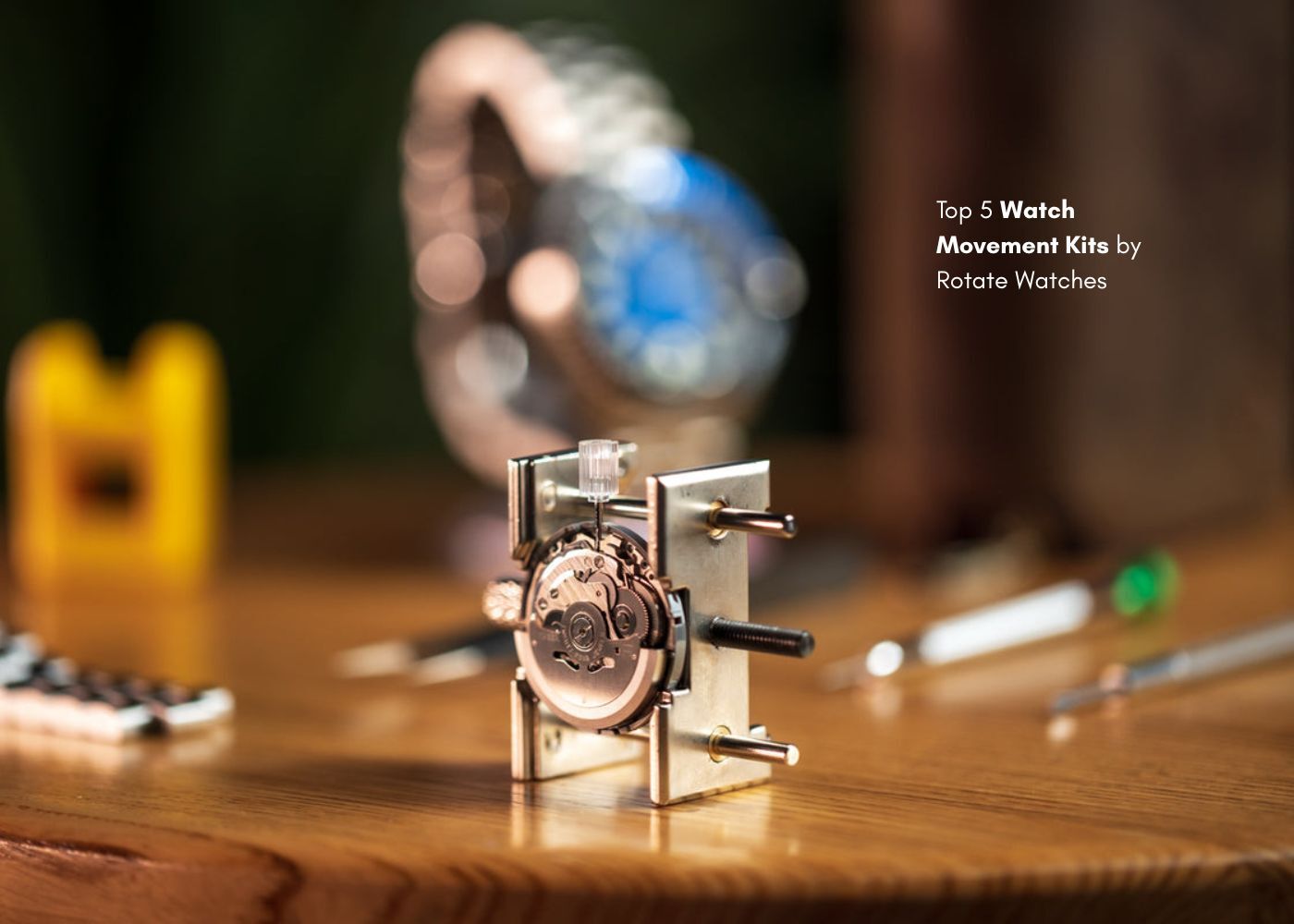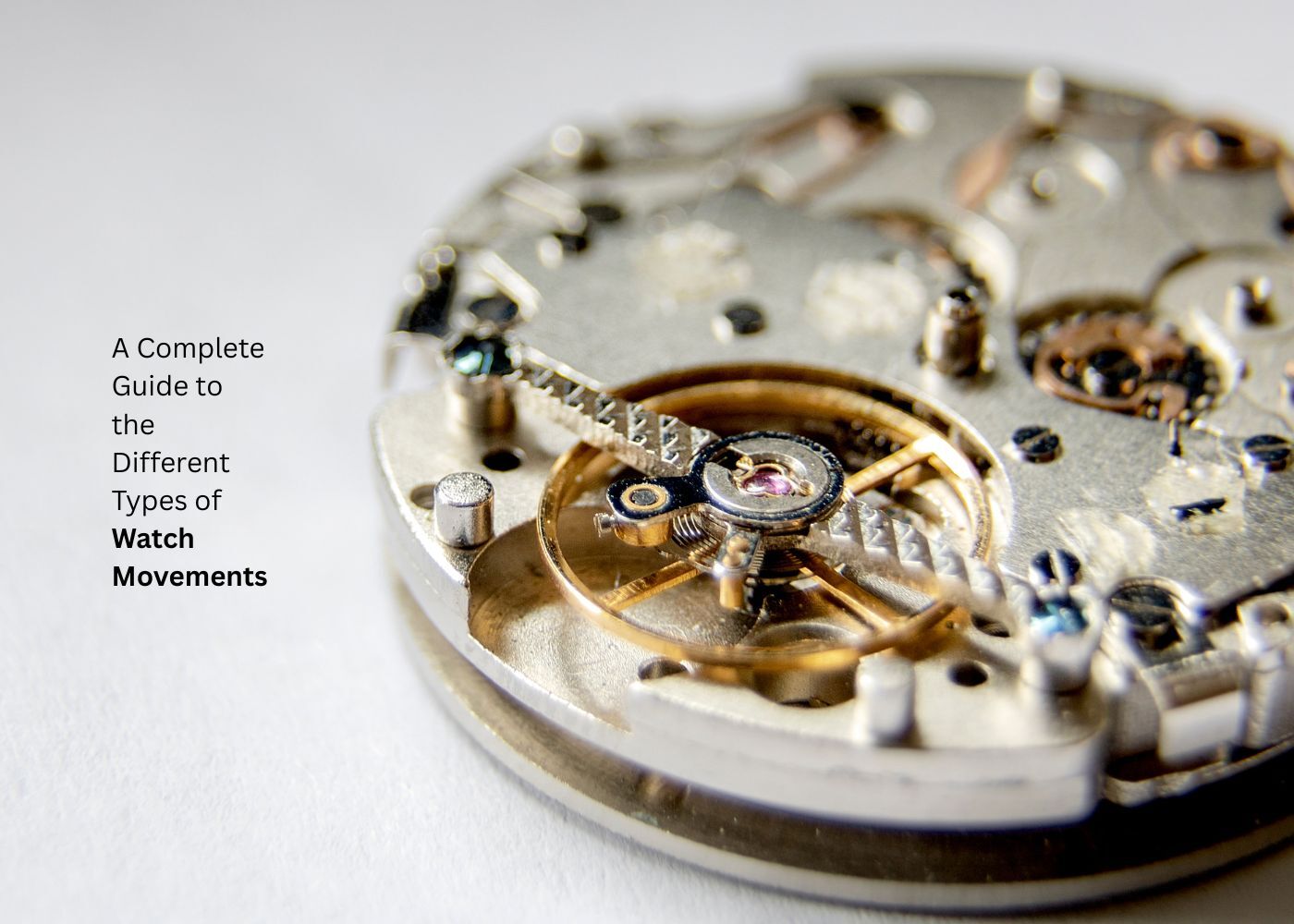
Complete Guide to the Different Types of Watch Movements
What Is a Watch Movement?
A watch movement, also called a calibre, is the internal mechanism that powers a watch and moves its hands. It's what makes the time tick - literally.
Its core purpose is to regulate time and operate any other features like calendars or chronographs. Think of it as the engine of the watch.
Watch movements come in multiple styles, each offering different advantages for wearers and builders. Some are fully mechanical, while others use batteries or hybrid technology.
The three most common types of watch movement are mechanical, automatic, and quartz. Each functions differently and suits different kinds of watches, lifestyles, and watchmakers.
Mastering or choosing the right watch movement type depends on how involved you want to be with your timepiece - whether you want simplicity, precision, or hands-on craftsmanship.
History of Watch Movements
Here's how the major watch movement types evolved over time:
|
Year/Period |
Development/Event |
Movement Type Introduced |
|
1500s |
First spring-driven pocket watches in Europe |
Mechanical (manual) |
|
1700s |
Mass production of thinner, more accurate movements |
Mechanical (manual) |
|
1800s |
Rise of personal wristwatches |
Mechanical (manual) |
|
1920s |
Development of the self-winding rotor |
Automatic |
|
1969 |
Seiko releases Astron, first quartz wristwatch |
Quartz |
|
1970s-1980s |
Quartz crisis reduces global mechanical output |
Quartz dominates |
|
1990s-2000s |
Mechanical revival begins in luxury sector |
Mechanical (manual/auto) |
|
2010s-2020s |
Rise of smart and hybrid watches |
Hybrid/Smart |
|
Today |
DIY watchmaking grows; mechanical kits expand |
Mechanical (manual) resurging |
Mechanical Watch Movements (Manual Wind)
A mechanical movement is a spring-powered mechanism that requires hand-winding. It's the oldest and most traditional form of watchmaking.
The benefit of this type lies in its complete independence from batteries or electronics. It allows full control over your watch's energy, and lets you see the beauty of gears in motion.
Mechanical movements are used in everything from vintage dress watches to modern handmade builds. They're ideal for hobbyists, collectors, and those learning to build their first watch.
This is one of the watch movement types that requires daily or near-daily winding - but for many, that ritual is part of the appeal.
Choosing a mechanical movement means embracing precision, patience, and a closer relationship with your watch.
Automatic Watch Movements (Self-Winding)
An automatic movement is a mechanical movement that winds itself through motion. As your wrist moves, a rotor inside the case spins, winding the mainspring for you.
The key benefit is convenience - you get the craftsmanship of a mechanical watch without needing to wind it every day. It's a "set it and wear it" option for many mechanical fans.
Automatic watches are especially common in modern Swiss watches, daily wearers, and luxury sports models. They offer a balanced middle ground between tradition and comfort.
This watch movement type is great for those who want mechanical charm with fewer daily steps - but still enjoy having a piece of moving art on their wrist.
Keeping your automatic watch running only requires you to wear it regularly or wind it occasionally if it's left idle.
Quartz Watch Movements (Battery Powered)
A quartz movement uses a battery to send electricity through a quartz crystal. That crystal vibrates steadily at 32,768 times per second - and that vibration regulates the timekeeping.
The benefit is precision and low maintenance. Quartz movements are the most accurate and reliable option for most users.
You'll find quartz in everything from fashion watches to high-end chronographs. They're also a common choice in digital watches and smart-looking analogs that don't need mechanical parts.
Unlike other types of watch movement, quartz doesn't require winding, regular wear, or much upkeep. Just replace the battery every few years and you're set.
Choosing quartz means prioritizing reliability over tradition - perfect for someone who wants a no-fuss timepiece.
Hybrid & Smartwatch Movements
Some watches now feature hybrid or smart movements. These combine traditional analog displays with digital sensors, notifications, or fitness tracking.
These are technically in a class of their own - often proprietary and closed-source - and are less relevant for traditional watchmakers or DIY builders.
They're worth knowing about but not necessary to understand if you're focused on learning or assembling classic watches.
How to Choose Between Watch Movement Types
Still unsure what kind of movement is right for you? Use this guide to help match movement to purpose.
|
Movement Type |
Choose If You... |
|
Mechanical |
Want to build, learn, and wind your watch by hand |
|
Automatic |
Like tradition but want convenience |
|
Quartz |
Prefer accuracy, ease, and low maintenance |
|
Hybrid/Smart |
Want digital features with analog looks |
Each of these different types of watch movements fits a lifestyle or mindset. There's no wrong answer - just different values.
Want to Try Building One? Start Here
When you're ready to go from reading to building, Rotate® offers everything you need:
-
Straps including leather, stainless steel, and more
Whether you're starting with your first movement or looking to expand your skills, Rotate helps you step into the world of mechanical watchmaking - without needing to go it alone.
FAQs
Q. What is the difference between mechanical and automatic watch movements?
Both are powered by gears and springs, but mechanical movements must be wound by hand, while automatics use wrist motion to stay wound.
Q. Which type of watch movement is best for beginners?
Mechanical movements are best for beginners because they're easier to build as a starting point than an automatic movement.
Q. How long does a quartz watch battery last?
Most quartz watch batteries last 2-5 years, depending on the functions and brand.
Q. Why are mechanical watches more expensive?
Mechanical watches require more parts, fine assembly, and hand-regulated craftsmanship - all of which increase cost and complexity.
Q. Can you build a mechanical movement at home?
Yes, with the right kit, beginners can assemble and disassemble a mechanical movement like the ST3600 using step-by-step guidance.


